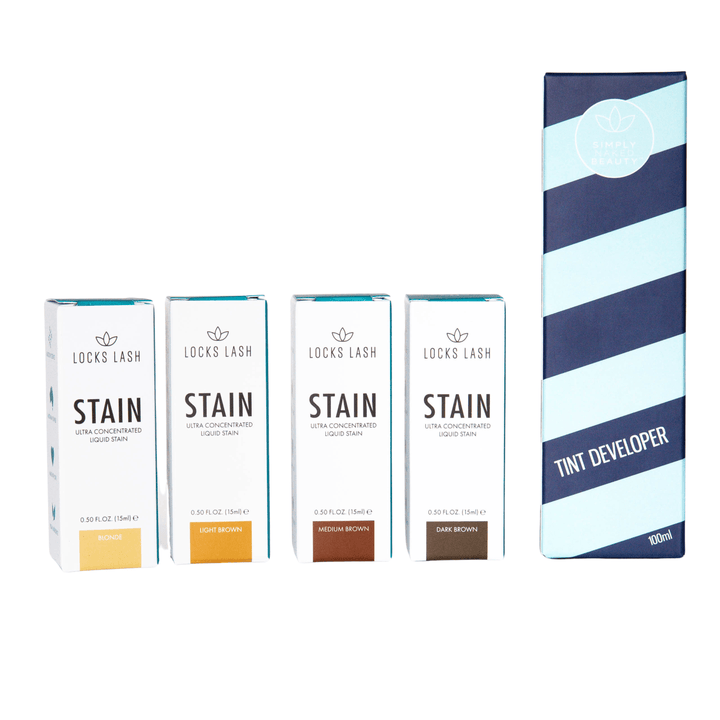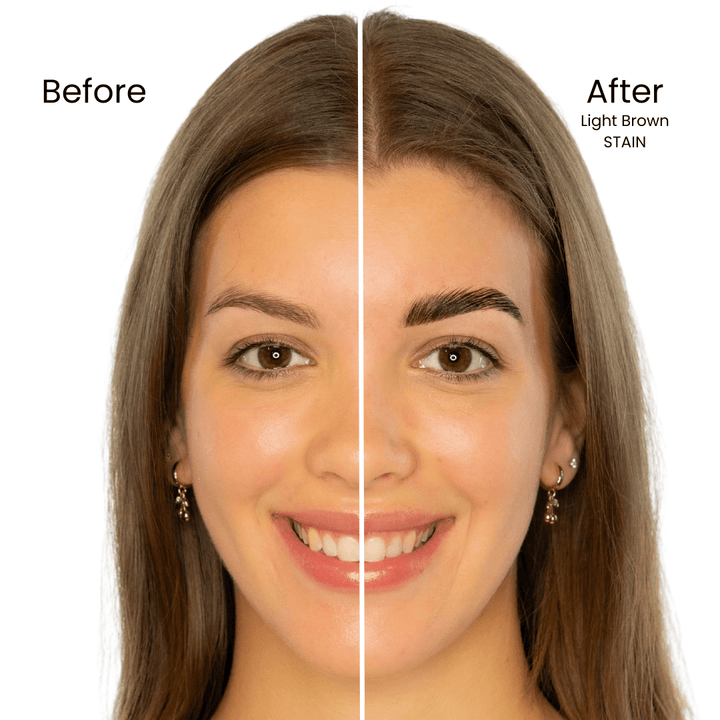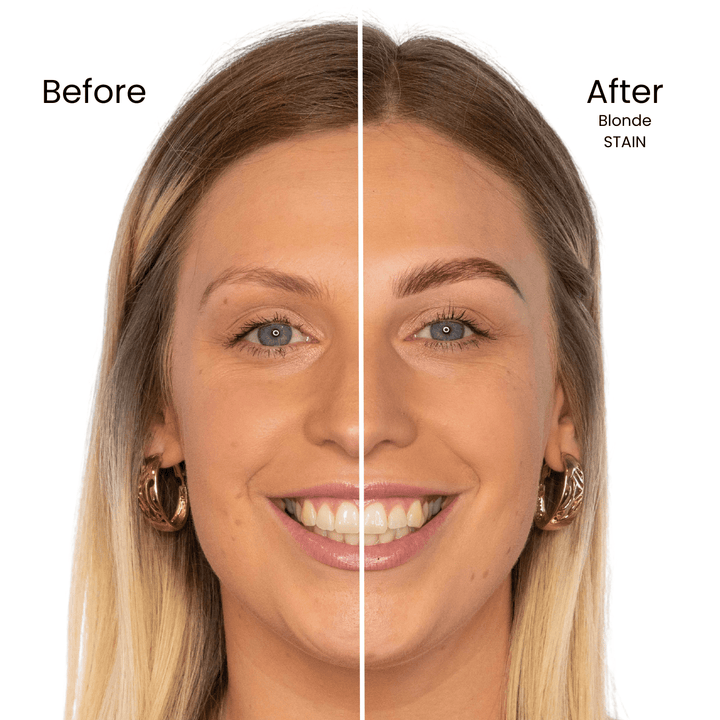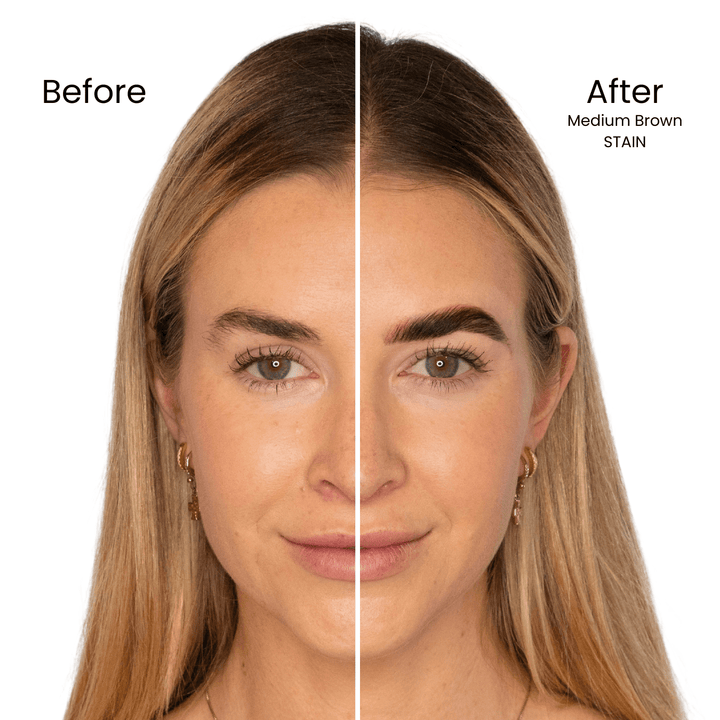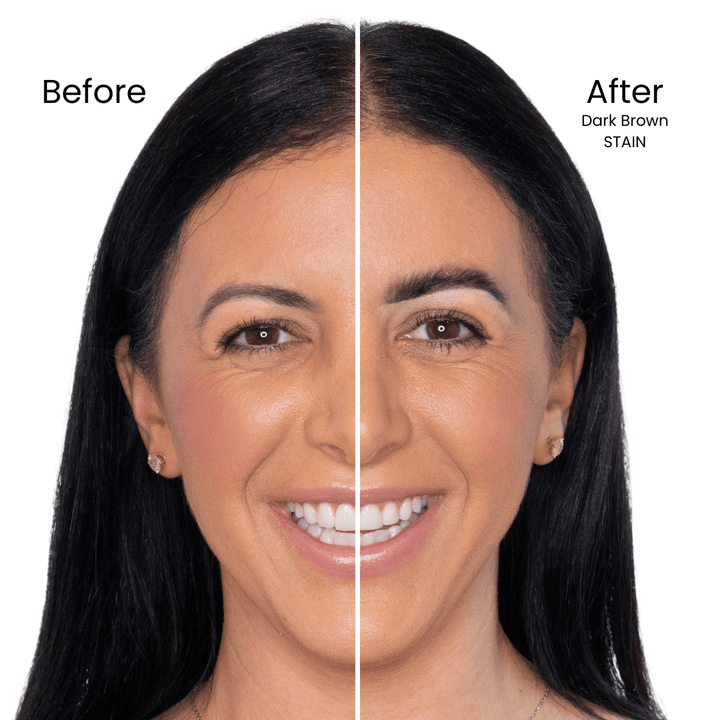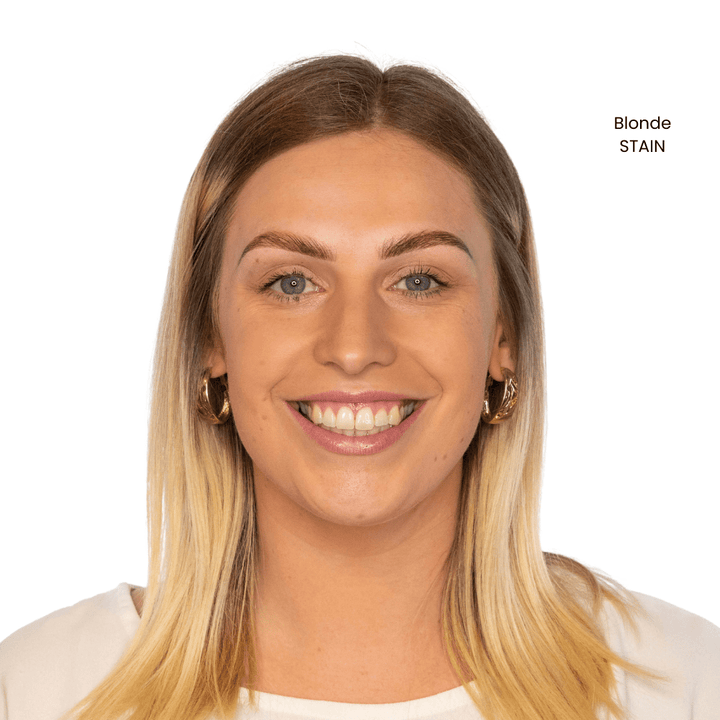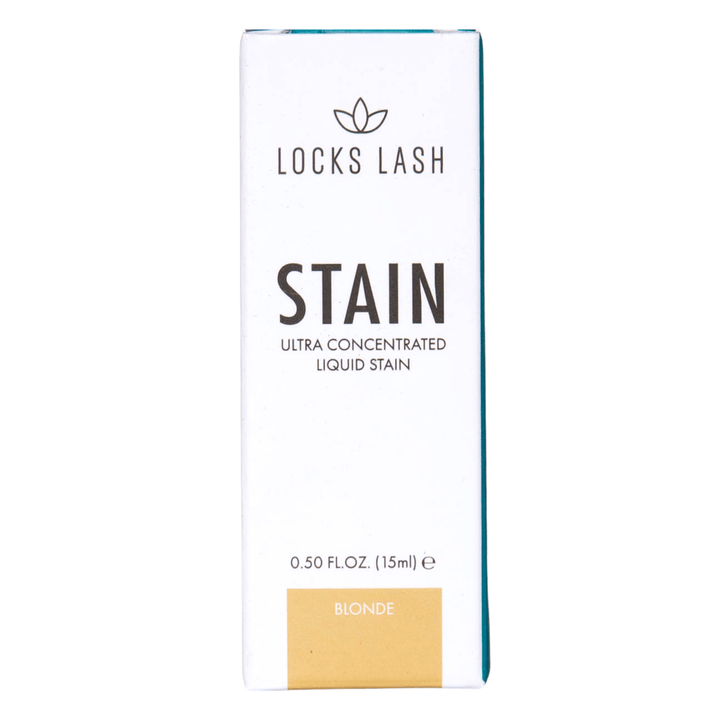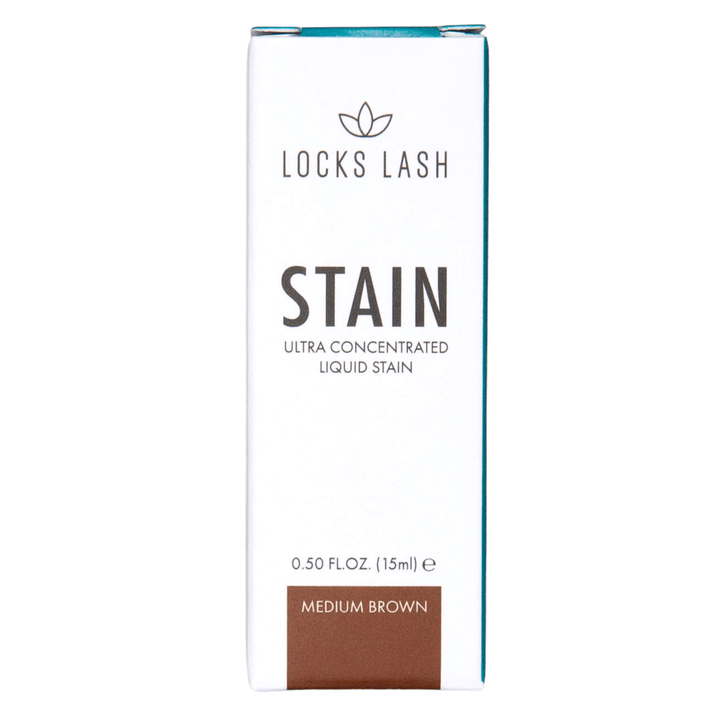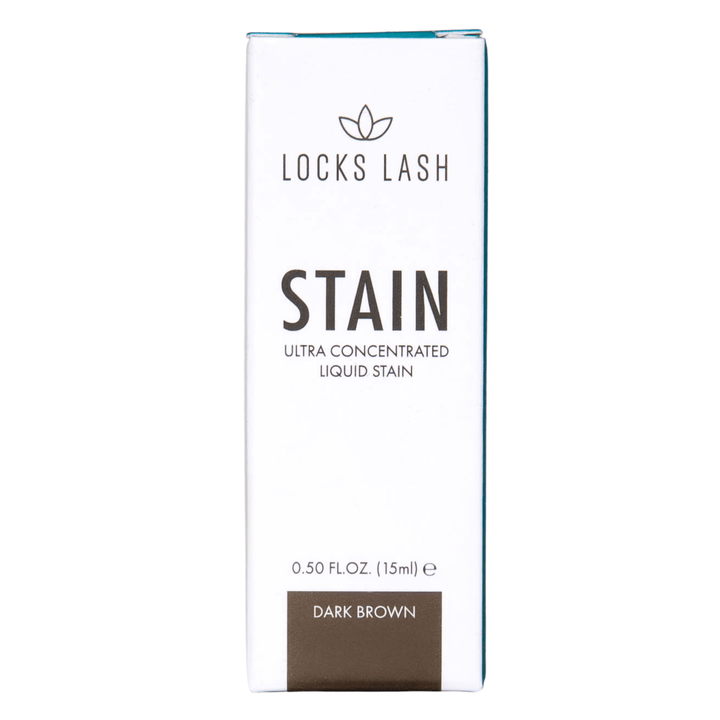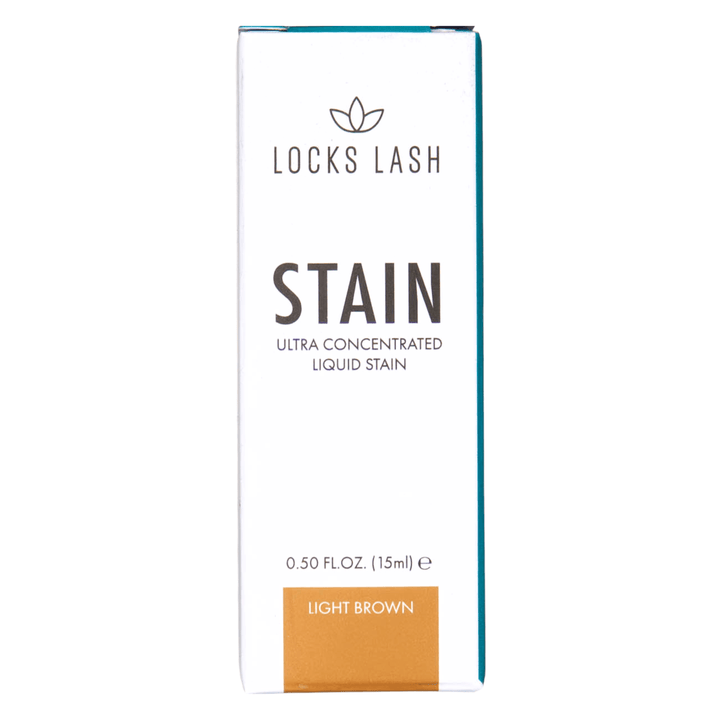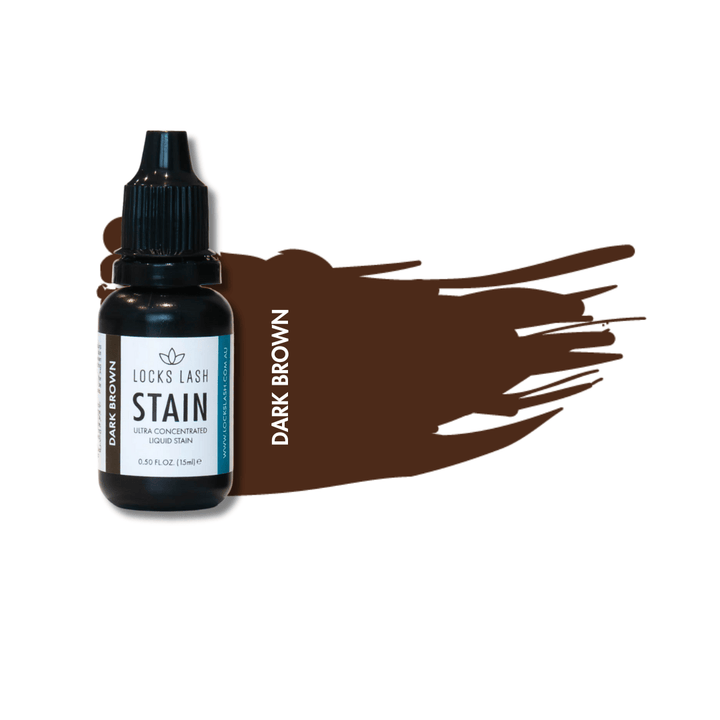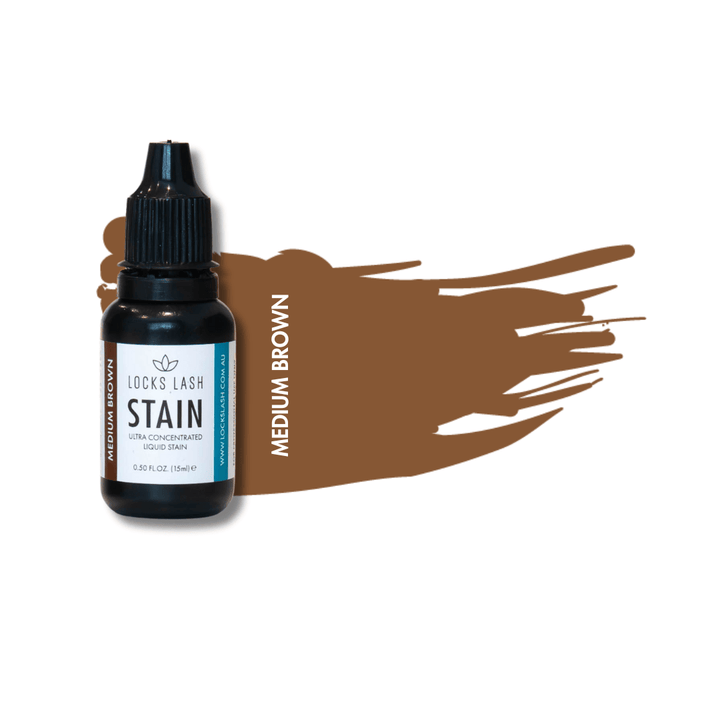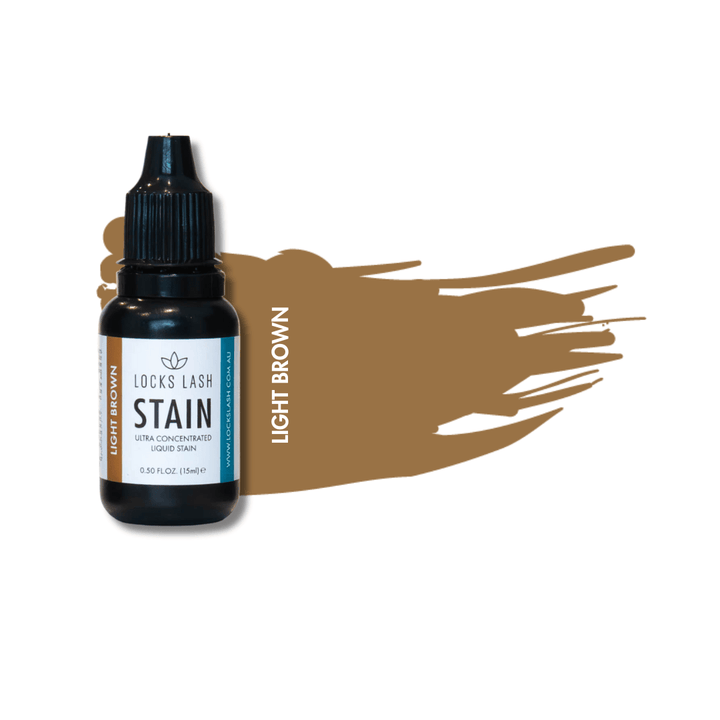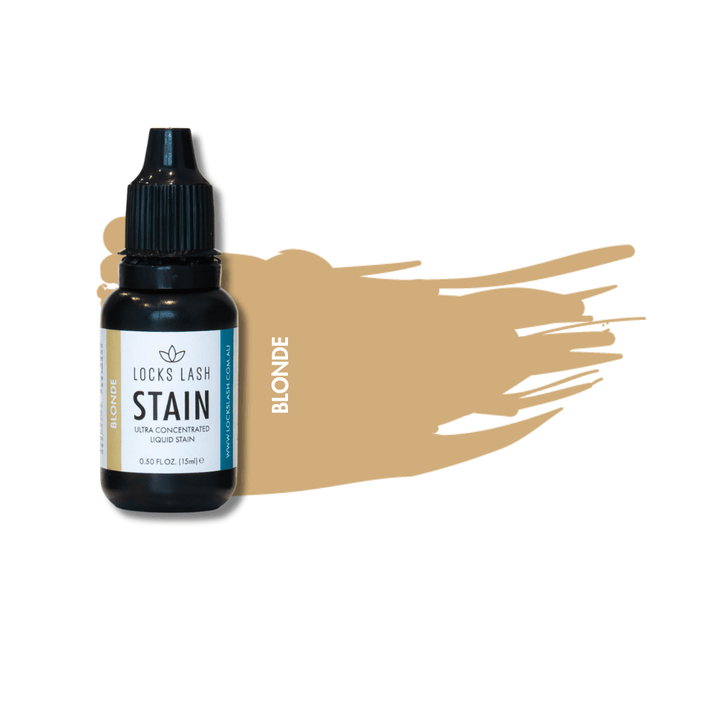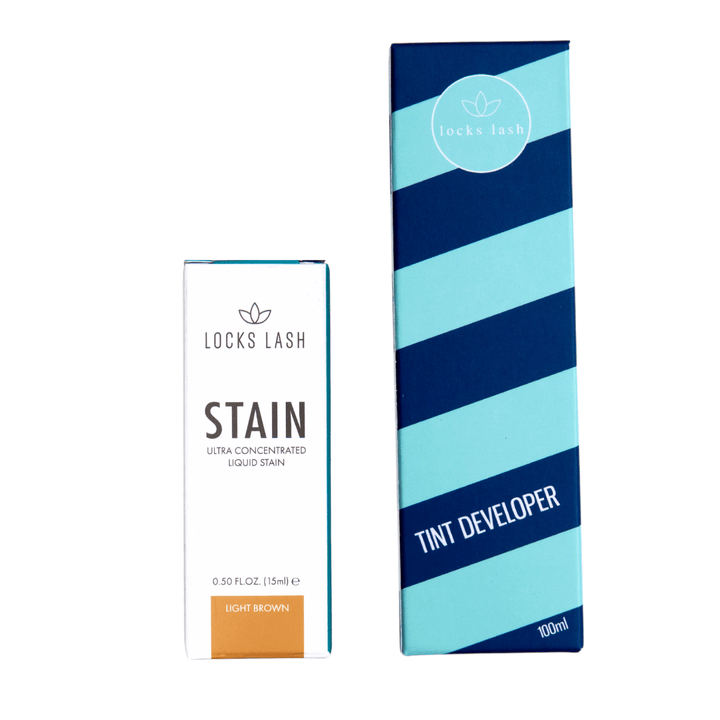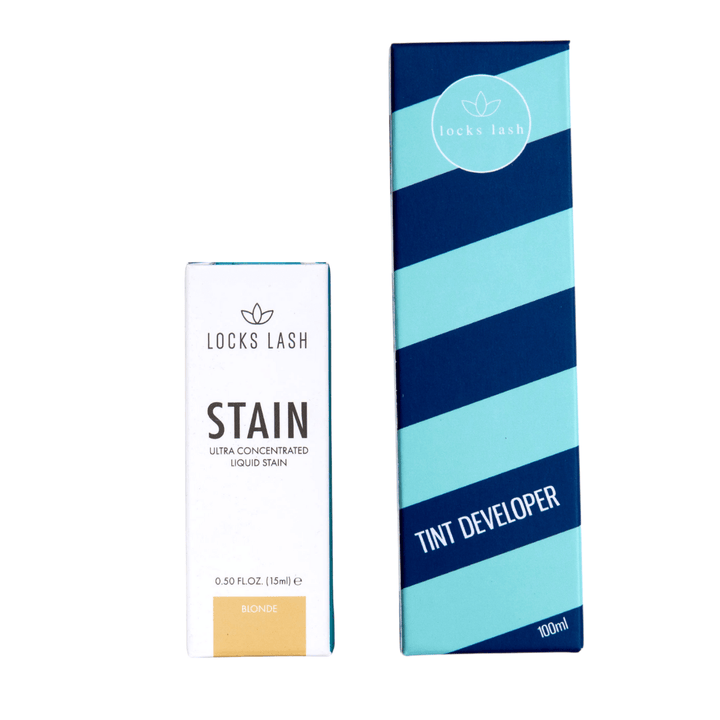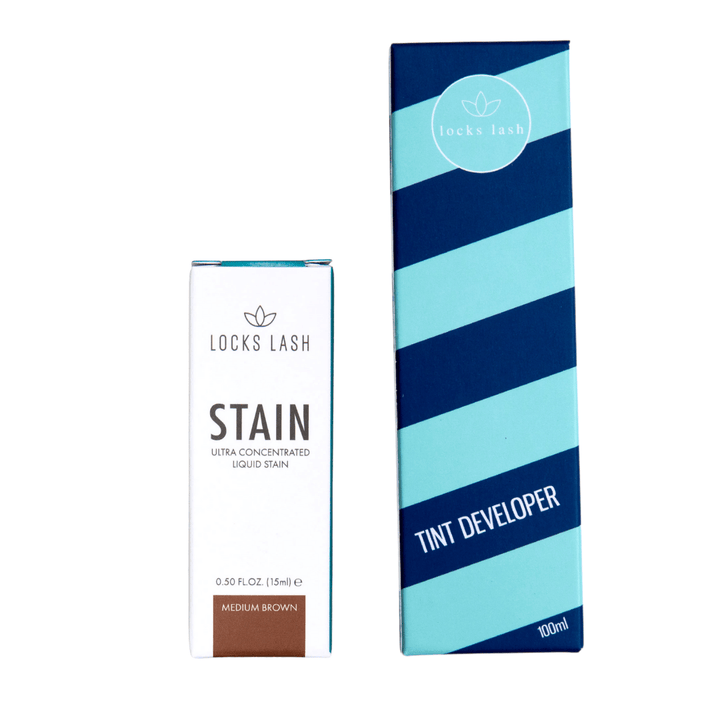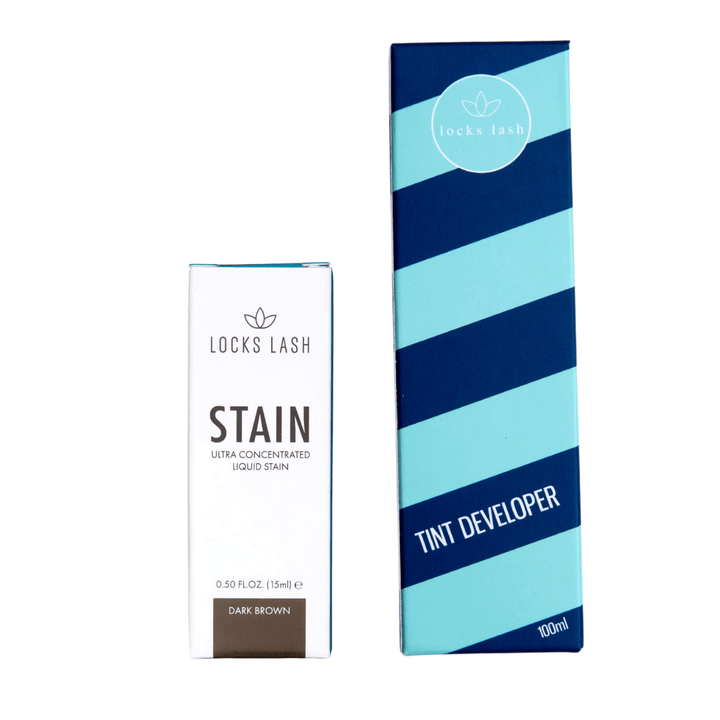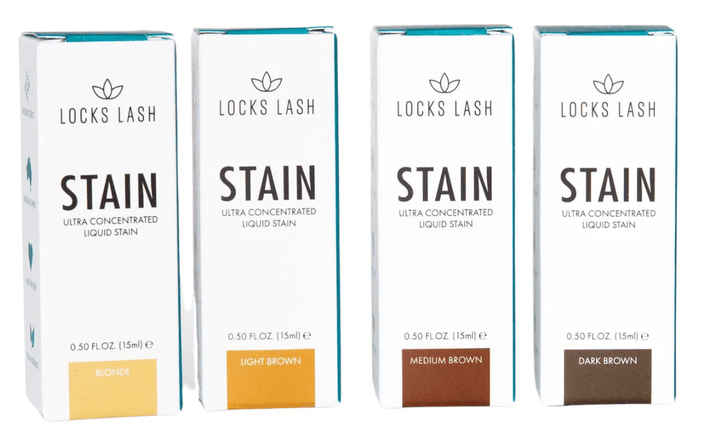Free Aus shipping over $200Express Shipping!
Free gift at checkout!Spend over $300 to claim
*Trial offer*
Want to the new STAIN? Simply add a STAIN or STAIN & Developer of your choice to your cart, as well as at least $100 of other products and get the STAIN for free using discount code: STAIN2024 at checkout!
Introducing liquid STAIN, the latest in brow tinting technology! While Hybrid Tint is a great option for a more natural looking effect, STAIN’s ultra-concentrated formula produces a more dramatic effect (which lasts weeks on end).
✅ Available in four shades: Blonde, Light Brown, Medium Brown, Dark Brown
✅ Extreme pigment technology
✅ Stains hair for 4-6 weeks
✅ Stains skin for 7-10 days
✅ Rapidly develops within 5-12 minutes
✅ Covers greys
✅ Great to apply after brow laminations
The numbers speak for themselves!
✅ 30-40 clients per bottle
✅ $0.57 cents (approx) per application
✅ Charge $40-$60 per STAIN treatment
✅ $1,200 - $2,000 revenue per bottle (cha-ching)
Buy the colours individually or in a combo pack with all the colours and the developer
You need the Hydrogen peroxide developer to use STAINBuy it here
More Info:
As with anything, there are things that can go slightly off when doing this service. Let’s cover some of the main ones.
Why is the tint patchy?
Make sure you are cleansing and prepping correctly
Use a brow cleanser with a spoolie to help lift and remove any debris, makeup, dead skin cells etc (or a brow scrub)
Use a damp cotton round to remove the cleanser
If it’s an oily client you can use an alcohol-based primer to help dry out the area.
If you have waxed first and have use pre and post creams/oils this can affect the colour stain. This is the main reason you would wax after tinting.
Why is the tint not lasting or fading?
The tinting you do requires some aftercare for it to last as long as possible. Educating your clients (and yourself) in proper aftercare is key.
Are they using a lot of skin care products? Stay away from oily products in that area. Heavy exfoliants will remove the tint.
Do they swim regularly? Swimming will suckt eh colour out of the skin and hair.
Are they keeping the area dehydrated?
Have you told them of the expectations of the results? Lasting on the hairs compared to the skin (longer on the hairs).
Having the correct mix of hydrogen peroxide to the tint/stain is key. Too much or too little, and the tint won’t stay as expected or not have the right colour.
Why is the tint green?
Locks Lash stain will not go green as it is a highly concentrated liquid pigment. You may find pigments that are gel based have the green colour as part of its base.
Why are the brows too dark?
If the brows aren't turning out the colour you expected it may be due to the following reasons:
You may find some clients take to tints a little more quickly than other clients. This is why patch testing is incredibly important. With this you will apply a small amount of the stain to the tail of the brows.
The timing on the tint processing is a manufacturing process, this is to ensure that you are aware of the max amount of time that this mixture can be left on the skin.
When testing the colour, mix your tint with the hydrogen peroxide and apply a small amount to the tail. During your consultation process with your client, if they mention that their brows always come out too dark this is a good sign that the tint will not need to be left on for the full amount of time. And vise versa.
Have they just had a brow lamination done? The pores and the hair cuticle are still open and the colour will absorb a little more quickly than without this service done.
We hope this helps answer some questions and also give you some guidance in how to get the perfect brow. If you have any questions, feel free to reach out and ask us, we are always willing to help you out! 03 9376 4426, Insta, FB, trainingsupport@lockslash.com.
There has been a lot of talk recently about different tint options when it comes to brows and lashes. Let’s talk about traditional tint, henna, hybrid tint and stain.

The original tint for hair is undoubtedly henna. It comes from a plant native to the middle east and popularised in India. The people there dried the leaves, crushed it into a powder, added a bit of water to make it into a paste and put it on skin and hair. Let the paste sit there for a while, and when you wipe it off, the skin and hair was left with a reddish-brown stain that would last on the skin and hair for several weeks. It also has a bunch of uses in medicine, and is really good for the hair and skin. These days, they take the plant, do some science on it, and remove the active chemical in the plant. Think of it like squeezing the oil from olives.

Next, a hair dye was made using a chemical called paraphenylenediamine (PPD). This works really well when used with hydrogen peroxide. It works a lot quicker than henna, and is naturally a lot darker than henna. In fact, PPD is added to some henna colours to make it darker or black. A major concern with PPD is that it can cause skin reactions in people. Nearly every country on Earth has limits on how much PPD can be added to beauty products. There are substitutes for PPD that are less likely to cause reactions in people. A common one is Diaminotoluene (DAT). PPD and DAT both require hydrogen peroxide in order for them to work.

Some clever person asked a cool question; “What would happen if we used both?” We’ve got cars that run on batteries and petrol, why not henna and regular tint? It was then invented with great results. We called it hybrid tint. A small amount of henna is combined with regular tint (DAT) and put in a gel. When this is applied, we get the best of both worlds: the staying power of henna, and the colour and speed of regular tint. This gave us a problem in the real world; the colours when applied, tended to run on the edges and give a watermark effect. Another problem is the way we humans tend to overcomplicate some things. This led manufacturers to make 20+ shades to cover every conceivable colour a client may want.
This is where Locks Lash stepped in, as usual, to make things easier and better (I know, shameless plug). We put thehybrid tintin a creme base. Doing it this way, we could get sharp lines and make cleaning up a lot easier. This also means we can put other beneficial things in it to make the skin and hair healthier. We simplified it by making 4 colours: light and dark, cool and warm. By mixing them in different ratios, we can get 16+ colours shades out of it. Add in a couple toners, and we can make 100+ different colours/shades. This limits the amount of product each provider needs to buy, and frees up her creativity. Quality control is easier too.

Lastly, there is STAIN. Some people like to be extra, and I can’t blame them. There’s something special about being dramatic and making a statement. Take the staying power of henna, the speed of regular tint, concentrate it and put it in a liquid. That’s the stain. It is more bold and darker than hybrid.
MSDS's:


